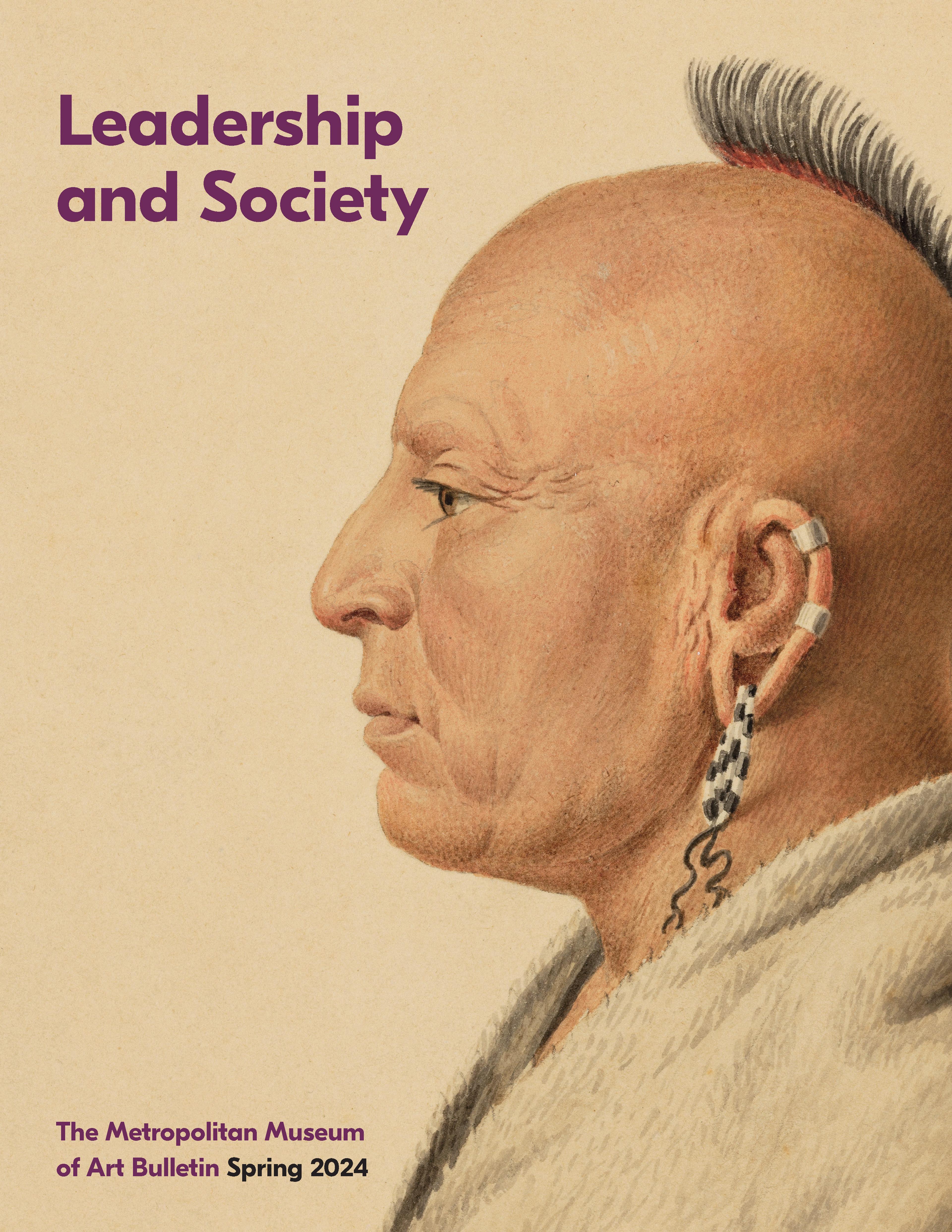Heqanahkt Letter II
Heqanakht was a native of Thebes (present day Luxor) during the early twelfth dynasty. As "ka-servant" of a high official he was responsible for the high official's statue cult and the administration of the land and income that had been endowed to maintain this cult. The letters and accounts written by Heqanakht and one or more scribes on sheets of papyrus were discovered by Museum excavator Herbert E. Winlock in the excavation season of 1921-1922 in the tomb of Meseh, who had a side passage and crypt in the tomb complex of the vizier Ipy, one of the rock cut tombs along the cliff overlooking the temples at Deir el-Bahri. The documents - some still folded, tied and sealed, when found - provide unique insights into the domestic and financial affairs of an average middle class family that lived almost four thousand years ago.
According to this letter, Heqankhat's wife was mistreated by a few members of his household, Heqankhat advises his addressee to correct their ways. The letter also includes a list of salaries and instructions regarding their distribution. According to James Allen, Heqanakht himself probably wrote this letter as well as Letter I (22.3.516), Account VII (22.3.522), and Papyrus Purches (2018.595.1), while other documents were written by at least two other scribes.
According to this letter, Heqankhat's wife was mistreated by a few members of his household, Heqankhat advises his addressee to correct their ways. The letter also includes a list of salaries and instructions regarding their distribution. According to James Allen, Heqanakht himself probably wrote this letter as well as Letter I (22.3.516), Account VII (22.3.522), and Papyrus Purches (2018.595.1), while other documents were written by at least two other scribes.
Artwork Details
- Title: Heqanahkt Letter II
- Period: Middle Kingdom
- Dynasty: Dynasty 12
- Reign: reign of Senwosret I
- Date: ca. 1961–1917 B.C.
- Geography: From Egypt, Upper Egypt, Thebes, Deir el-Bahri, Tomb of Ipy (TT 315, MMA 516B), Tomb of Meseh, MMA excavations, 1921–22
- Medium: Papyrus, ink
- Dimensions: H. 27.9 (11 in.), W. 40.8 cm (16 1/16 in.)
- Credit Line: Rogers Fund and Edward S. Harkness Gift, 1922
- Object Number: 22.3.517
- Curatorial Department: Egyptian Art
More Artwork
Research Resources
The Met provides unparalleled resources for research and welcomes an international community of students and scholars. The Met's Open Access API is where creators and researchers can connect to the The Met collection. Open Access data and public domain images are available for unrestricted commercial and noncommercial use without permission or fee.
To request images under copyright and other restrictions, please use this Image Request form.
Feedback
We continue to research and examine historical and cultural context for objects in The Met collection. If you have comments or questions about this object record, please contact us using the form below. The Museum looks forward to receiving your comments.
